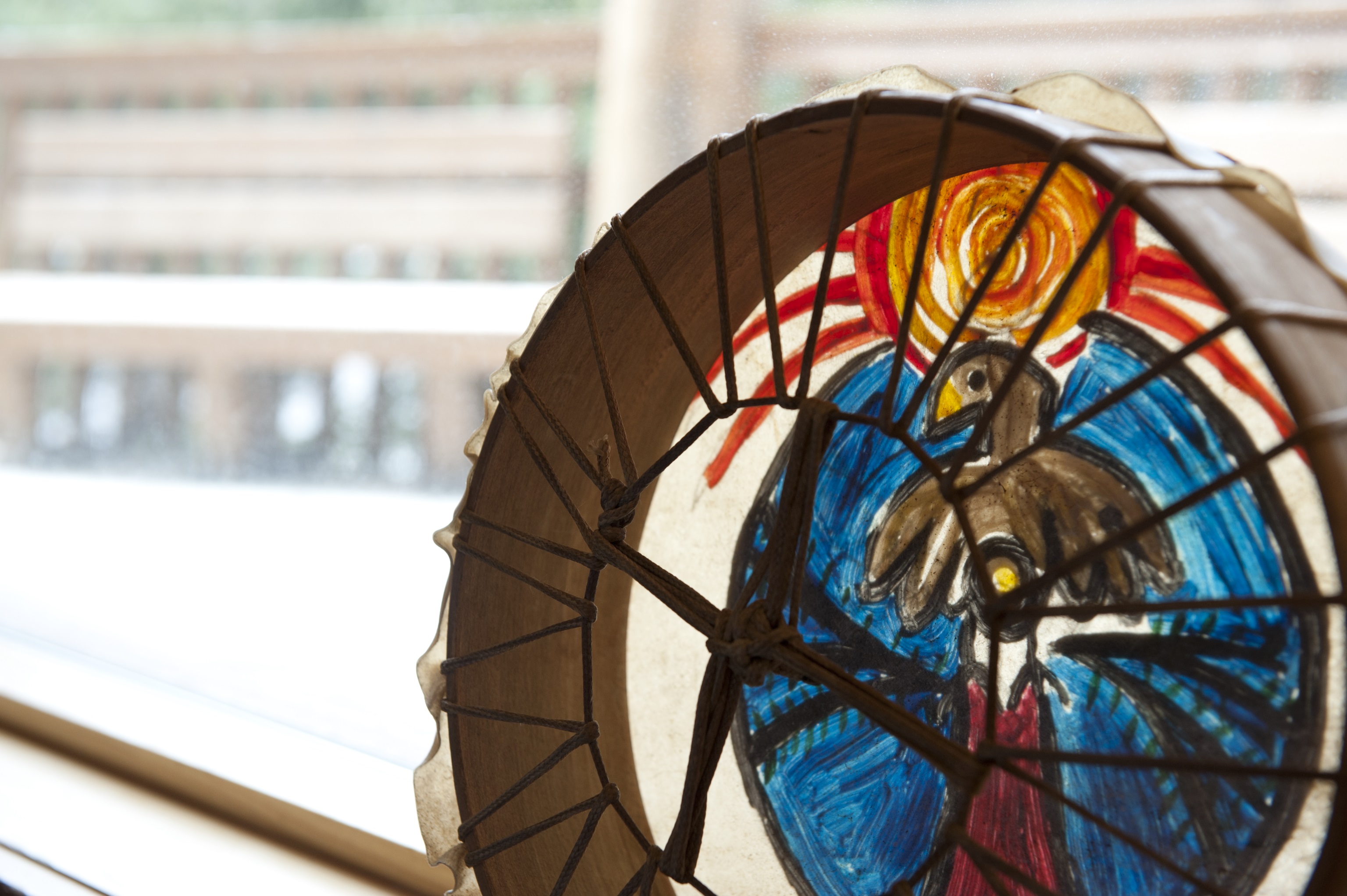Strategic Planning that Resonates

For Indigenous people, the visioning process has always been essential in preparing for the future. As Lougheed Leadership faculty Don McIntyre stated, “Visions happen in the shadowland or the dreamtime. In this space, as in our dreams, there are no rules. Everything is possible.” As the landscape changes for Indigenous communities, transforming visions into strategic plans will be essential for success.
Strategic planning outlines where you want the organization to go, not necessarily how you are planning to get there, which is why it is the foundation to any initiative. As part of the Indigenous Strategic Planning program, participants learn to combine traditional practices and values with research and best practices to set direction and long-term goals for communities and organizations. Part of the teaching is how to bring together a group of individual and separate entities in order to form a system. This is represented with the building of a traditional Indigenous drum.
When building a drum, the pieces – hoop, hide, rope — are unique and independent, however when you learn the importance of each item and how to bring them together you are able to create a system that has a voice and resonates with the community.
Making a strategic plan and building an Indigenous drum have a lot in common, in fact. There are three key pieces to building a drum: the rope, hoop, and hide. Similarly, a strategic plan includes three major components: the vision, mission and values.
- VISION - The Hoop - A vision statement is the description of what an organization would like to accomplish in the future. Its purpose is to provide a clear guide and outline the direction the company is heading. Similarly, the hoop is the framework of the drum, and the foundation that will determine the final outcome based on the size and materials that are chosen to create the desired sound.
- MISSION - The Hide – The mission statement is used to tell the world the organization’s main goal. It is what the public will hear as a declaration of the company’s purpose. The hide is the face of the drum, and what creates the sound for people to hear. Each drum is hand-painted to represent stories and personal tales. The mission statement and the hide are how the key messages, stories and rhythm can be shared with the community.
- VALUES - The Rope (Bundle) – Core values are the operating principles that guide an organization’s internal conduct, as well as its relationship with partners and other stakeholders. Core values are what keep the culture and objectives in place, to make sure that the mission and vision are being upheld. When building a drum, the rope is responsible for tying all of the pieces together and binding them tightly. If the ropes were to let loose, the drum would no longer make a sound. Similarly, if the values are not being upheld in a company, the mission and vision statements would no longer hold true.
In Indigenous communities, a drum is a living and breathing object, that needs to be played in order to resonate – it can’t just hang on a wall as decoration. It’s important to think of a strategic plan in the same way; once a strategic plan is developed it cannot sit on a shelf, it needs to be implemented and part of every conversation for it to resonate and have an impact.
Strategic planning is vital in creating clear, meaningful, and reflective plans that can be powerfully communicated with the team and community at large in order to motivate and inspire. Combining traditional strategic planning and contemporary models allows communities to develop strong voices that resonate with themselves, and the world around them.